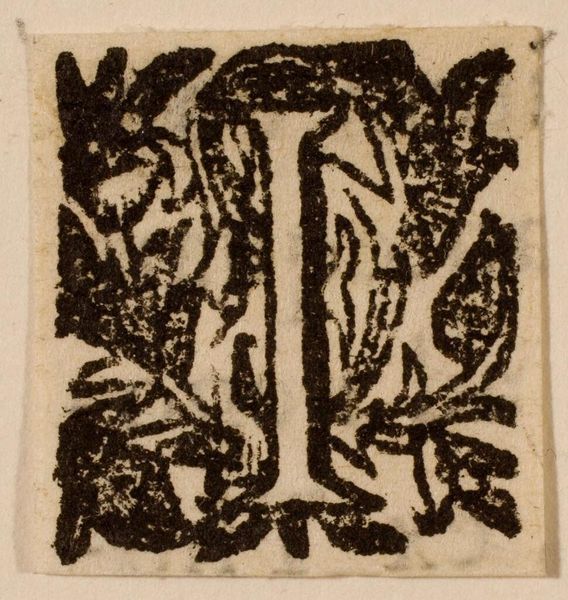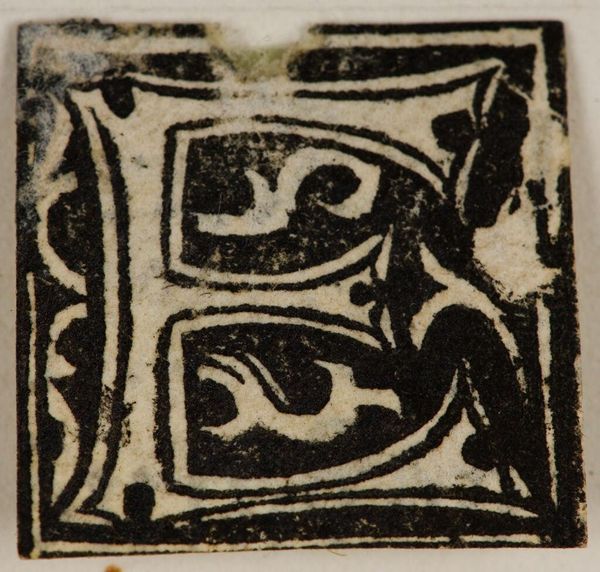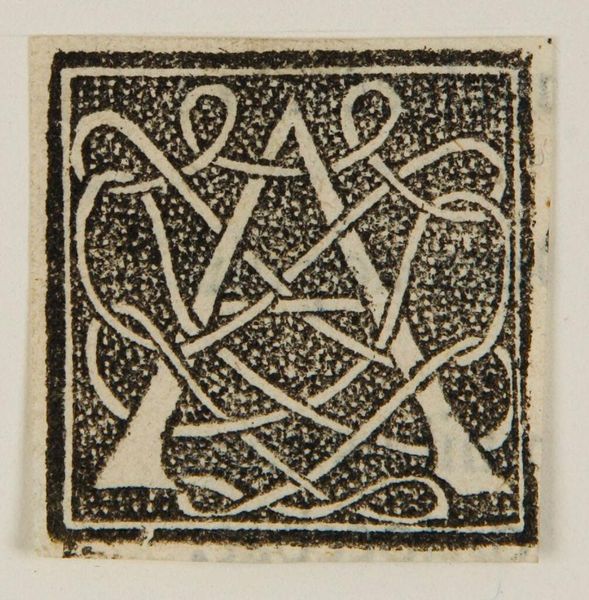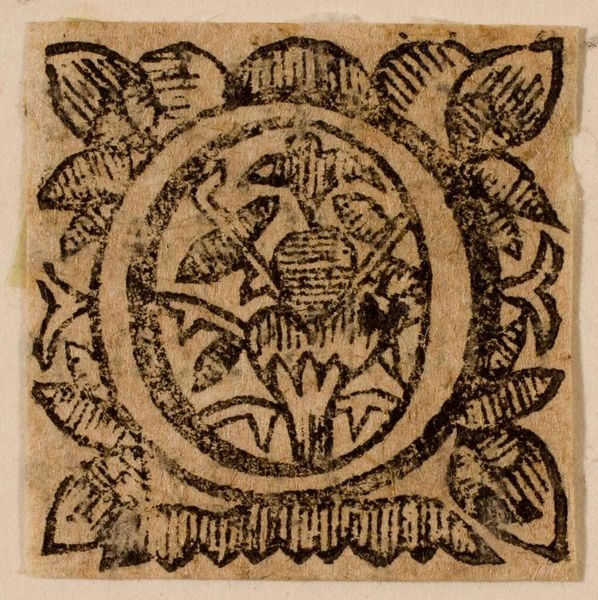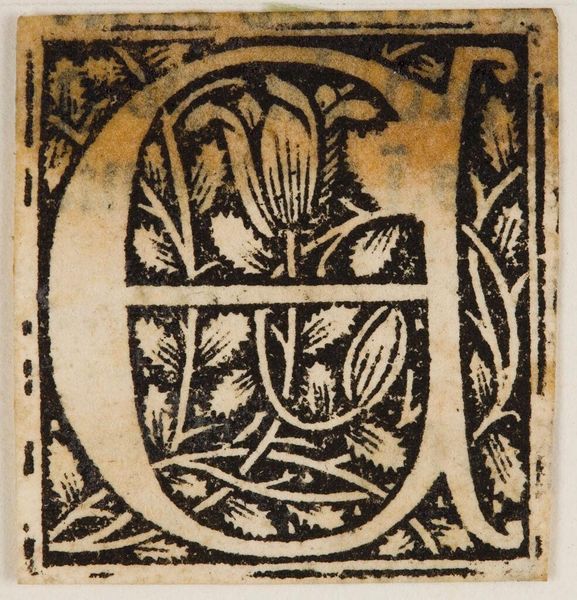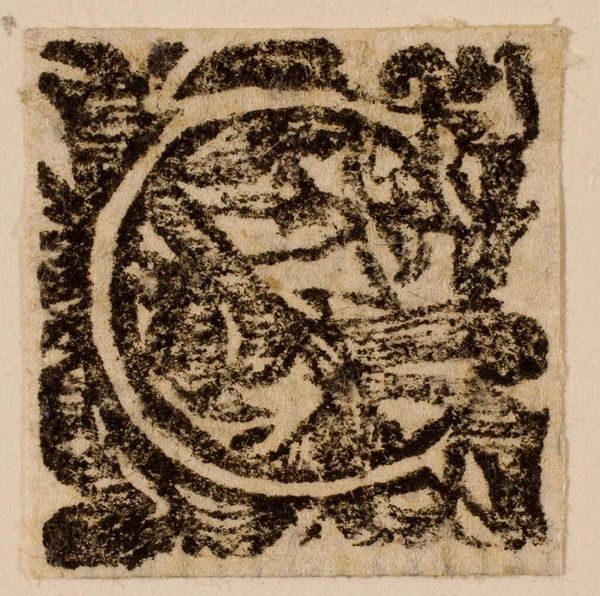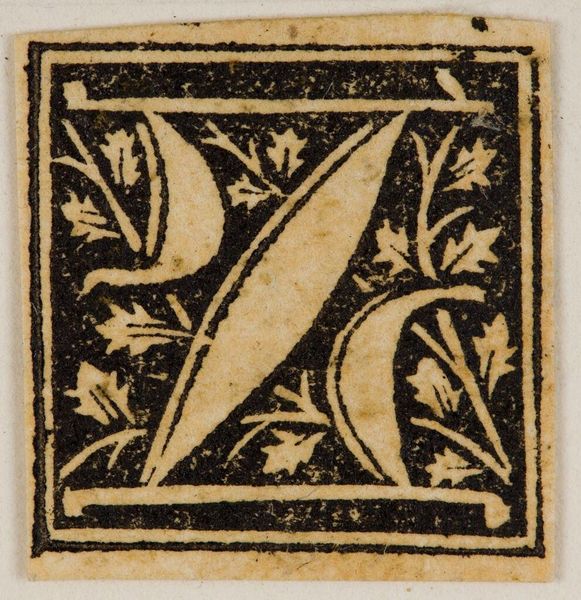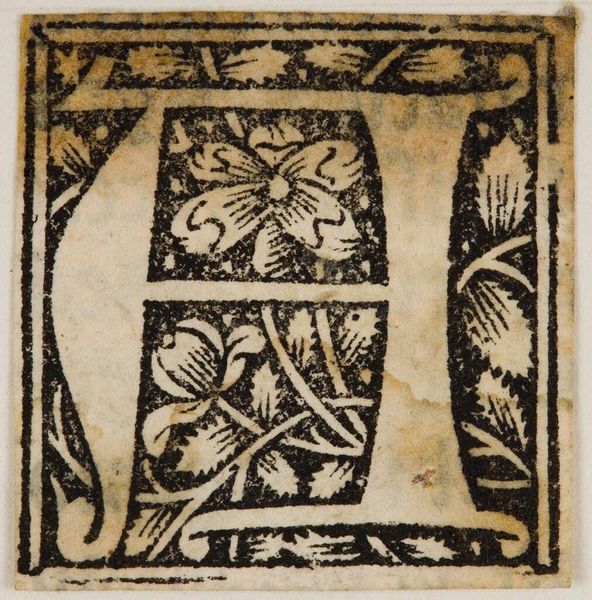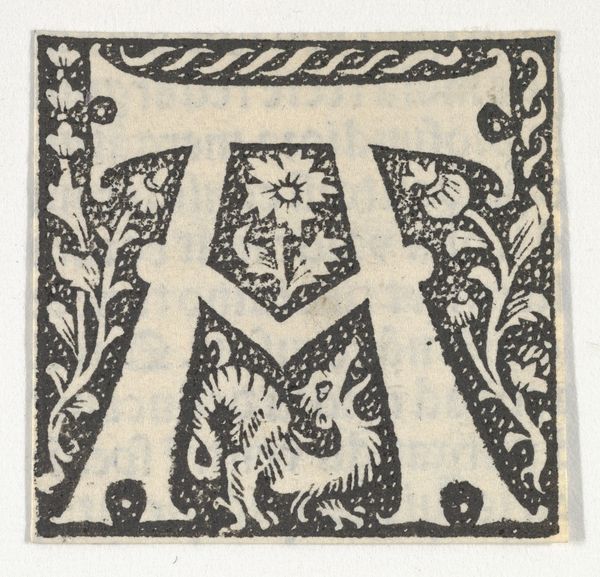
weaving, textile, wool
#
weaving
#
textile
#
ancient-egyptian-art
#
wool
#
text
#
egypt
#
ancient-mediterranean
#
line
#
islamic-art
Dimensions: 7.6 × 7.6 cm (3 × 3 in.)
Copyright: Public Domain
Editor: We're looking at a textile work called "Fragment" dating from the 5th or 6th century, during the Roman period in Egypt. It’s a wool weaving, and I’m struck by how abstract the design feels, almost like a coded message. What do you see in this piece from a formalist perspective? Curator: Intriguing. Observe how the weaver manipulates the warp and weft to create a binary language of light and dark. The contrasting wool fibers define not only the depicted forms but also the spatial relationships within the composition. Note the linear construction; how it establishes a certain rhythm and hierarchical structure that may reference semiotic systems prevalent during that era. Editor: Semiotic systems? Could you expand on that? Curator: The very act of weaving, the structured interlacing, mimics codified communication. In this context, lines and patterns could stand as symbols that speak a complex language – beyond mere aesthetic embellishments. What meaning do the fragmented lines convey in the absence of figuration? Editor: I see… it's like the artist is playing with form itself to create meaning. The unfinished aspect also enhances the possibility for interpretation. Is there something particularly telling about the materiality, about wool? Curator: Absolutely. Wool's inherent texture contributes depth. Its coarse quality and visible weave generate a dynamic interplay between pattern and ground. How the artist uses dark wool to define the motif over the tan wool enhances visibility in an artwork of limited scale, doesn’t it? Editor: That makes sense. I'm now much more aware of how the simple act of weaving and its materials were, in fact, complex systems of communication. Thanks, I'll have to consider this. Curator: Indeed. By observing materiality and composition, we are rewarded by layers of intent behind its creation and begin to understand the artwork at its genesis.
Comments
No comments
Be the first to comment and join the conversation on the ultimate creative platform.


